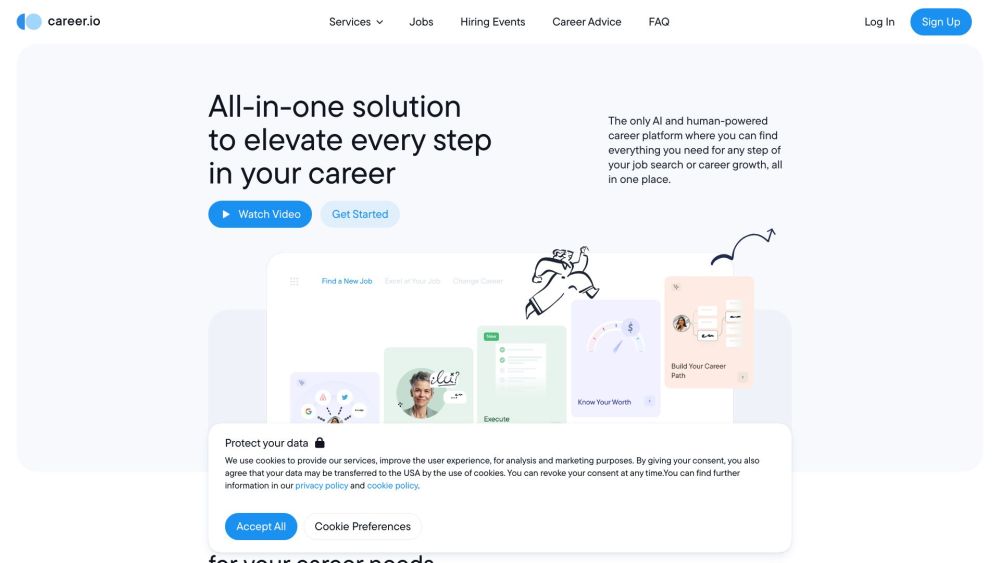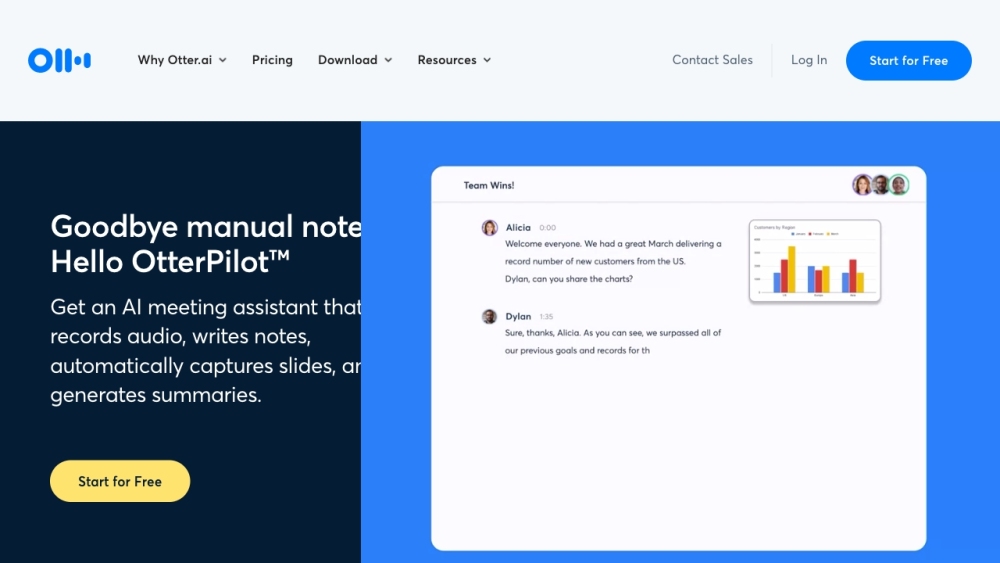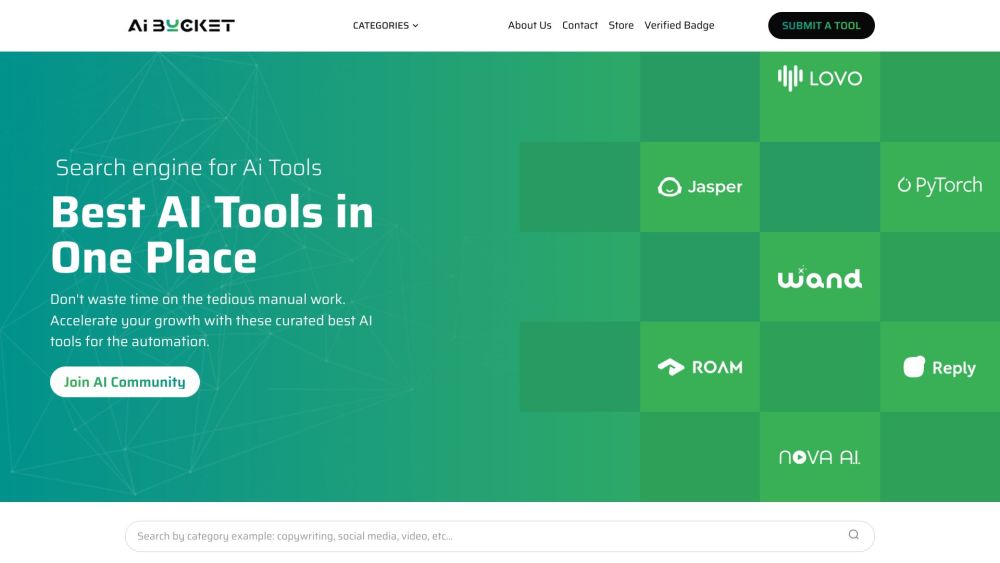Google Cloud is enhancing its database and data analytics offerings with several updates announced today at the Google Cloud Next event in Tokyo. These developments focus on the Spanner and Bigtable databases, as well as the BigQuery data analytics and Looker business intelligence platforms. The primary goal is to increase flexibility in data usage and access, facilitating the deployment and adoption of generative AI.
Key Announcements:
- Spanner Introduces Graph and Vector Data Support
- Bigtable Now Supports SQL
- Integration of Gemini AI into BigQuery and Looker
“Organizations recognize that incredible AI relies on incredible data,” said Gerrit Kazmaier, GM & VP of Data Analytics at Google Cloud, during a media briefing.
Enhancements to Data Analytics with Gemini AI
Google's key update for data analytics is the integration of Gemini AI capabilities into BigQuery and Looker. This integration introduces over 20 new features, including code generation, explanations, and intelligent recommendations, aimed at boosting data analyst productivity. In BigQuery, Gemini will also enhance advanced data preparation and analysis, thus accelerating the time to derive value from data.
“Data is messy,” Kazmaier noted. “One significant advantage of our specialized generative AI models is their capacity to reason about data, enabling customers to align and govern data more efficiently.”
The new Data Canvas feature, described by Kazmaier as the ideal fusion of user experience and AI for data analysts, offers an interactive, AI-assisted approach. This feature allows users to gradually shape their analysis while the system learns from their actions.
In Looker, the AI updates are centered on simplifying access to business intelligence insights.
“Our innovation in Looker focuses on developing customized agents that are deep AI experts proficient in data selection, analysis, and summarization,” said Kazmaier.
Spanner Database Becomes Multi-Modal with Graph and Vector Capabilities
While many may not be familiar with Google Spanner, it underpins most of Google’s user products, including Search, Gmail, and YouTube. "Spanner was crafted to meet the scalability and availability demands of Google," said Andi Gutmans. "I'm excited to bring this innovation to our enterprise customers."
One noteworthy addition is the integration of graph database capabilities into Spanner, which allows for nuanced semantic connections across data. Additionally, Spanner is now equipped with vector support, previously announced in a preview earlier this year. Both features are instrumental for generative AI applications, particularly vector support, which is essential for Retrieval Augmented Generation (RAG).
While there are various native graph and vector databases available, Google's strategy is to offer a multi-modal database.
"Customers don’t need to transfer their data to utilize graph capabilities; they can build graph functions atop their existing enterprise data," Gutmans explained.
The approach allows organizations that already trust Spanner to extract greater value from their data. “We’ve evolved Spanner from primarily a relational database into a true multi-modal database,” Gutmans added.




